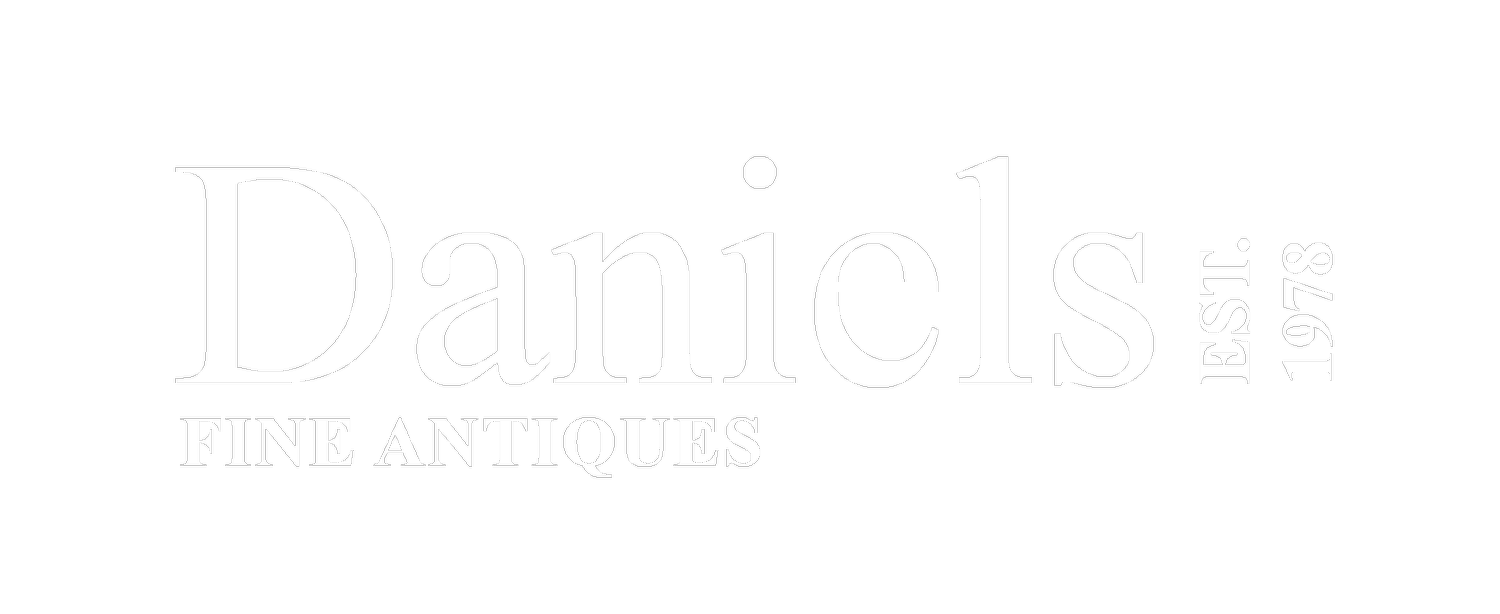A Rare 'Lighthouse' Automata Clock by Guilmet of Paris



Set on a square red marble base, the lighthouse, of truncated pyramidical form, is in bronze 'architectural brickwork', housing the circular enamel clock face, (the hours delineated in Roman numerals); false doors and window to the front, surmounted by a. spindled gallery and the domed rotating glass lighthouse.
The two train, 8 day movement houses a Brocot power-saving escapement, regulated by a torsion pendulum driving a helical spring, which spins the rotating red and green warning lights, operating when the hours are struck, on the gong.
Numbered GLT/1415, it is complete with the original key
Andre Romain Guilmet ( 1827-1892)
A horologist, noted for his Mystery' and 'Industrial design' clocks was employed by the prestigious Maison Christofle, as a gilder and jeweller, before starting his own business.
An exhibitor at the Paris Univeral Exhibition of 1867, his 'Industrial Design and Mystery' clocks were lauded.
Guilmet was obviously inspired by Jules Verne, as Balloons, Locomotives and Submarines as well as early cars are included in his oeuvre, which feature in '20,000 Leagues Under the Sea' & 'Around the World in 80 Days'.
The Victoria & Albert Museum, British Museum and the Royal Museum Greenwich show examples of his oeuvre.
Circa 1885
Bibliogarphy;
'Mystery, Novelty and Fantasy Clocks' by David Roberts published Schiffer, 1999.
